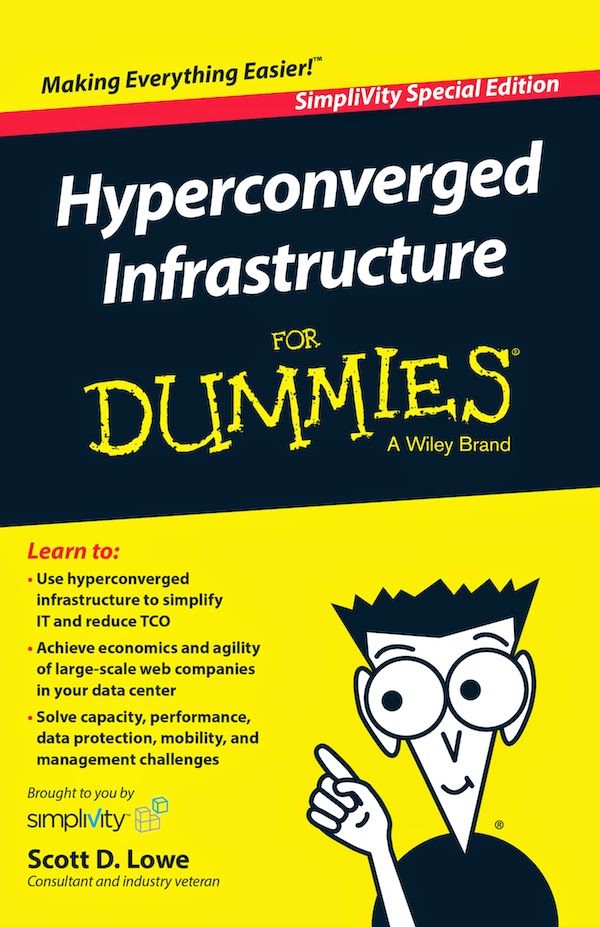With just about every IT and Data Center project today including an efficiency initiative, I’m wondering how many are considering Energy Efficient Ethernet in their network & cabling plant designs?
Did you know that only copper not fiber can take advantage of energy savings from WOL – Wake on LAN and LPI – Low Power Idle, which are features covered in IEEE’s ratification of 802.3az for Energy Efficient Ethernet? Did you know that only copper, not fiber, can take advantage of existing power saving features like Power Back Off in today’s Ethernet standard?
With Data Centers (1) IT watt saved typically results in (2.8) watts saved overall due to the costs and losses incurred running the support infrastructure. So should we look to design our cabling infrastructure using copper standards? With FCOE, Infiniband over Ethernet and converged networks also running VoIP and video, it is clear the long range plan should be to continue support Ethernet standards. It is also best practice to design cabling infrastructure to support 2 levels of bandwidth ahead of our requirements today. Consider that CAT7a supports 40Gbps and in any cabling or IT design for that matter we also look to be backwards compatible, which is why ISO has adopted the GG45 connector that supports CAT7a with backwards compatibility to CAT5. Of course for distances over 100M we must design with fiber, but in many cases we should be considering MPO/MTP fiber as there are fan out cables to support the LC 10Gbps connections we need today where MPO will support the 40Gbps & 100Gbps we need to future proof my cabling infrastructure. For shorter distances the choice has typically been copper distribution and with the existing power saving features like Power Back Off and those to come in IEEE 802.3az WOL – Wake On LAN and LPI – Low Power Idle, I believe the preferred cabling distribution under 100M for Ethernet will continue to be copper. What do you think?
I’m really looking forward to hearing what industry experts from Berk-Tek, JDSU, and The Siemon Company have to say about running higher than 10Gbps transmissions over twisted paid later this month, perhaps you should check it out as well?
http://www.cablinginstall.com/index/webcasts/webcast-display/8987512704/webcasts/cabling-installation-maintenance/live-events/-twisted-pair_cabling.html
Here's an excellent article on Energy Efficient Ethernet in CIO magazine:
http://www.cio.com/article/601339/How_to_Migrate_to_Energy_Efficient_Ethernet?taxonomyId=3028
Welcome!
This blog is brought to you by the consultants and engineers at PTS Data Center Solutions.
PTS Data Center Solutions designs, builds, and operates data centers that are great for companies and their people, but better for the planet. Visit us at www.ptsdcs.com.
PTS Data Center Solutions designs, builds, and operates data centers that are great for companies and their people, but better for the planet. Visit us at www.ptsdcs.com.
Tags
computer room design
(8)
computer room energy efficiency
(4)
data center
(4)
data center cleaning
(3)
data center cooling
(8)
data center design
(23)
data center energy efficiency
(5)
Data Center Infrastructure Management
(7)
data center migration
(5)
data center relocation
(7)
DCIM
(12)
DCMMS
(4)
disaster recovery
(12)
pts data center solutions
(68)
server room design
(7)
virtualization
(10)
Links
Tuesday, January 04, 2011
Search all PTS Sites
Recent Posts
Hyperconvergence eBook
Download a free copy of Hyperconverged Infrastructure for Dummies (eBook in PDF format) by Scott D. Lowe. You may also view the associated pre-recorded webinar: Hyperconvergence for Dummies Q&A.
PTS Open Lease
Popular Posts
-
A number of clients have asked us about the viability of replacing their ‘wet’ sprinkler systems with a dry-type fire suppression system, s...
-
Reopen with Confidence As the world enters the next phase of the pandemic, businesses are forced to make changes to accommodate not only a ...
-
Audio/Visual technologies are dramatically improving the modern workplace. While traditional offices are changing rapidly, with open plan ...
-
There are many factors influencing how suitable a given data center is at meeting the needs of the organization that is utilizing it. ...
-
The average enterprise data center costs between $10 million and $12 million per megawatt to build, with costs typically front-loaded onto t...
-
Why Make Data-Driven Decisions? For businesses, the importance of data analytics and business intelligence cannot be overstated. Small busin...
-
It’s vital for companies to invest in data center operations that are simple in design, easy to operate, and minimize infrastructure neede...
-
How can data center operators insulate themselves from the increasing risks posed by aging centralized power grids prone to outages and vuln...
-
How Edge Data Center Solutions are Evolving for New End User Needs What You’ll Learn: Why do edge facilities require more customization? ...
-
PTS Data Center Solutions considers generators as a key to data center reliability. Supplementing a battery-based uninterruptible power sup...









.jpg)